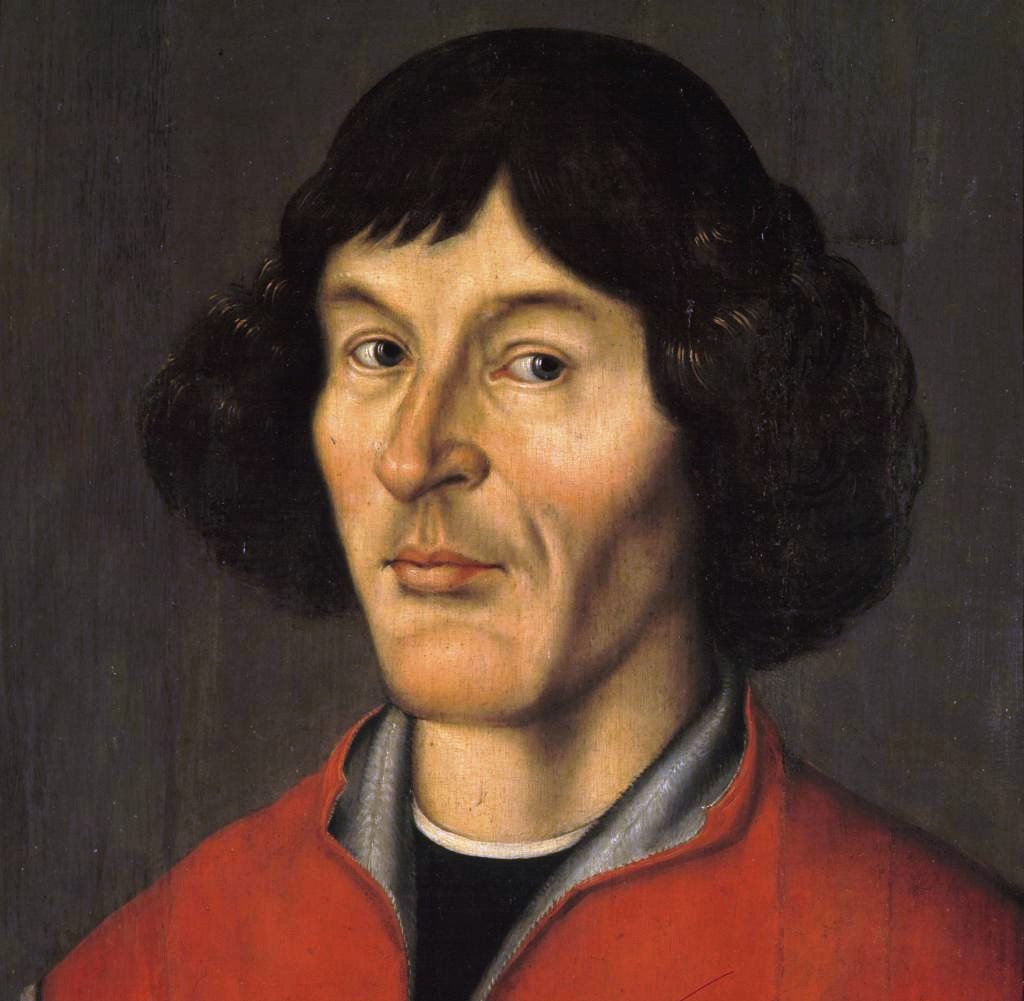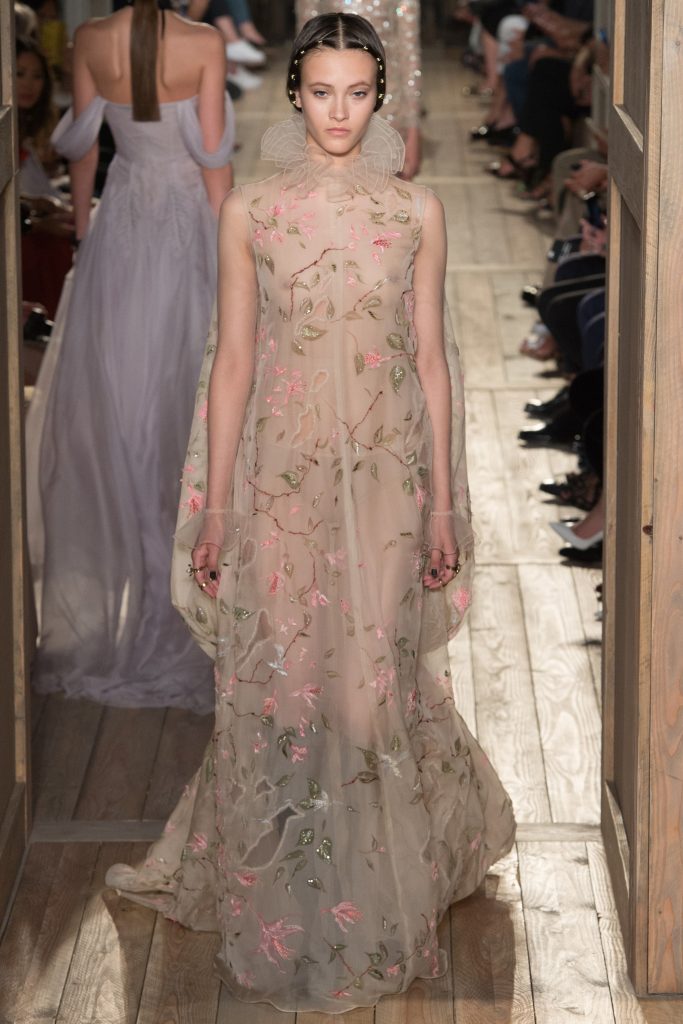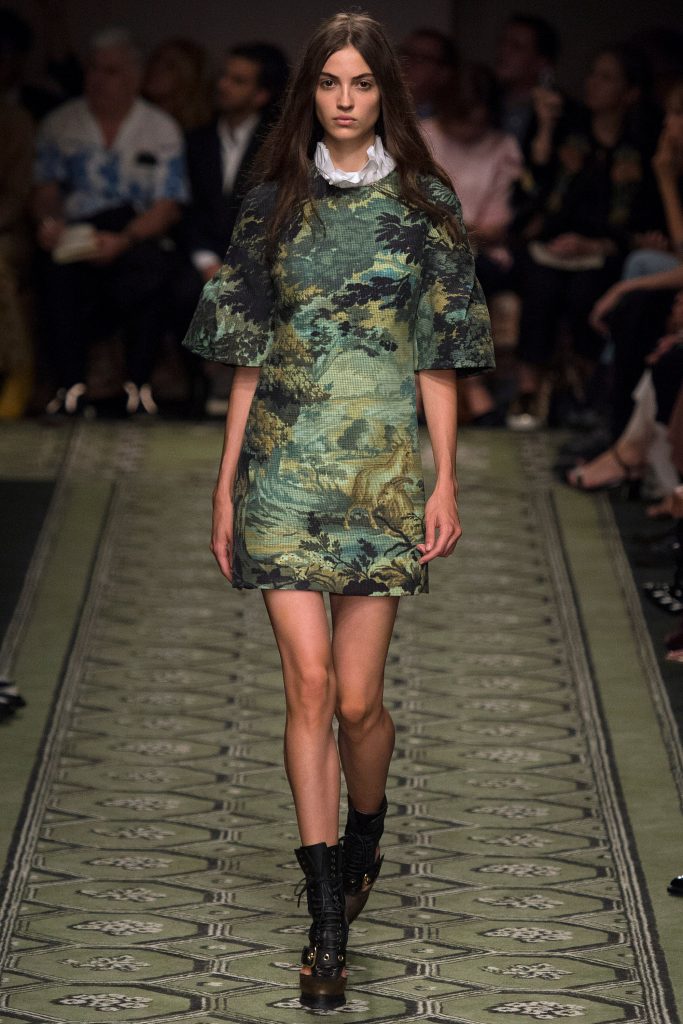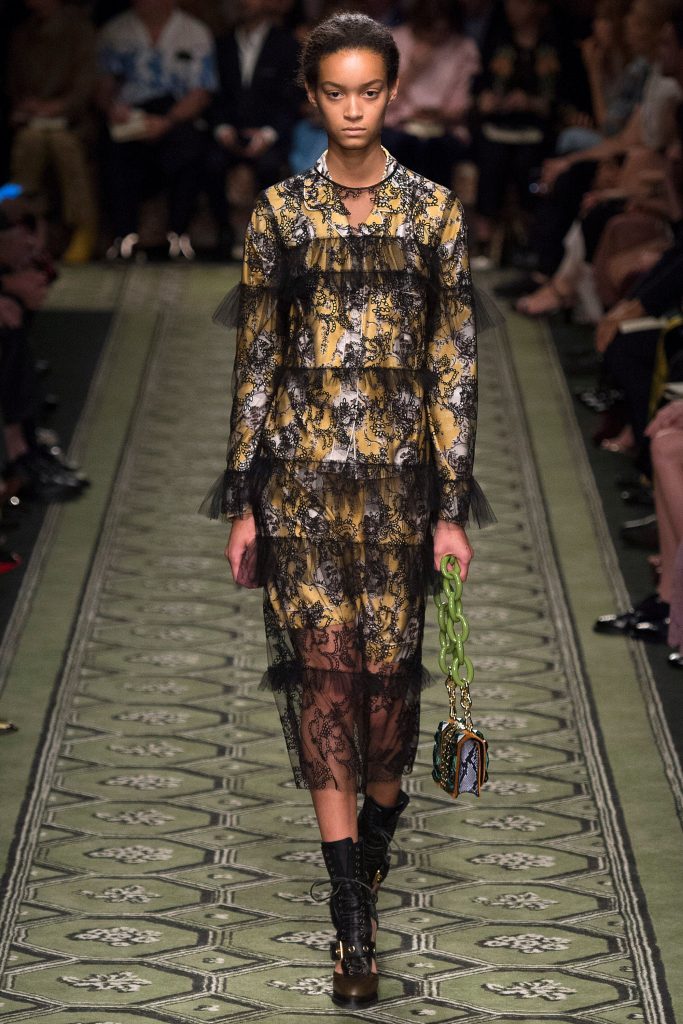Following the Middle Ages, the Renaissance was an emotional era of literary, musical, political, and economic “rebirth” in Europe. The Renaissance, which lasted roughly from the 14th to the 17th centuries, championed classical philosophy, literature, and painting. During this era, some of history’s greatest thinkers, writers, rulers, scientists, and artists flourished; global exploration, on the other hand, enabled European trade to expand into new lands and cultures. During the Renaissance, the Renaissance era gives credit to closing the divide between the Middle Ages and contemporary civilization.

From Darkness to Light: The Renaissance Begins
Europeans made minor advancements in science and art during the Middle Ages, which lasted from the collapse of ancient Rome in 476 A.D. to the beginning of the 14th century. The period is also known as the “Dark Ages,” and it is associated with war, ignorance, starvation, and pandemics such as the Black Death. On the other hand, some scholars claim that such bleak descriptions of the Middle Ages are far-fetched. However, many accept that ancient Greek and Roman philosophies and learning managed with little respect at the time.
Humanism
In Italy during the 14th century, an intellectual trend known as humanism started to gain traction. Humanism embraced the belief that man was the centre of his world and that people should value human advances in education, classical arts, literature, and technology, among other things. The Gutenberg printing press, invented in 1450, increased contact across Europe and permitted ideas to spread more rapidly.

Little-known texts by early humanist writers such as Francesco Petrarch and Giovanni Boccaccio, who encouraged the renewal of classical Greek and Roman culture and ideals, were printed and circulated to the masses as a result of this advancement in correspondence. Furthermore, many historians agree that foreign finance and commerce developments influenced European culture and helped to pave the way for the Renaissance.
Renaissance Geniuses
Among the most well-known and influential Renaissance philosophers, musicians, scientists, and authors are:

Leonardo da Vinci (1452–1519): Italian painter, architect, inventor, and “Renaissance man” responsible for painting “The Mona Lisa” and “The Last Supper.

Rene Descartes (1596–1650): French philosopher and mathematician regarded as the father of modern philosophy. Famous for stating, “I think; therefore I am.”

Galileo (1564-1642): Italian astronomer, physicist and engineer whose pioneering work with telescopes enabled him to describes the moons of Jupiter and rings of Saturn. Placed under house arrest for his views of a heliocentric universe.

Nicolaus Copernicus (1473–1543): Mathematician and astronomer who made first modern scientific argument for the concept of a heliocentric solar system.

William Shakespeare (1564–1616): England’s “national poet” and the most famous playwright of all time, celebrated for his sonnets and plays like “Romeo and Juliet.”

Donatello (1386–1466): Italian sculptor celebrated for lifelike sculptures like “David,” commissioned by the Medici family.

Sandro Botticelli (1445–1510): Italian painter of “Birth of Venus.”

Raphael (1483–1520): Italian painter who learned from da Vinci and Michelangelo. Best known for his paintings of the Madonna and “The School of Athens.”

Michelangelo (1475–1564): Italian sculptor, painter, and architect who carved “David” and painted The Sistine Chapel in Rome.
Art, Architecture and Science
During the Renaissance, art, architecture, and technology were all intertwined. In reality, it was a once-in-a-lifetime opportunity for these fields of research to merge smoothly. Artists like Leonardo da Vinci, for example, integrated scientific concepts such as anatomy into their practice so that they could accurately replicate the human body.
Filippo Brunelleschi, for example, studied mathematics to engineer and plan massive structures with expansive domes correctly. Scientific breakthroughs prompted significant paradigm shifts: Galileo and Descartes introduced new perspectives on astrology and geometry, respectively, while Copernicus suggested that the Sun, not the Earth, was the nucleus of the solar system.
Realism and naturalism were prominent in Renaissance painting. Artists aimed to represent figures and events as accurately as possible. To bring depth to their work, they used techniques including perspective, shadows, and illumination. Another characteristic that artists attempted to incorporate into their works was emotion.
During the Renaissance, some of the most well-known artistic works were produced, including:
The Mona Lisa (Da Vinci)

The Last Supper (Da Vinci)

Statue of David (Michelangelo)

The Birth of Venus (Botticelli)

The Creation of Adam (Michelangelo)

Religion
During the Renaissance, humanism allowed Europeans to challenge the position of the Roman Catholic church. When more people learned to read, write, and understand ideas, they started to question and criticize religion as they had known it. For the first time, the printing press allowed books, including the Bible, to be readily copied and commonly read by the people. Martin Luther, a German priest, headed the Protestant Reformation, a revolutionary movement that divided the Catholic church in the 16th century. As a result, Protestantism emerged as a modern form of Christianity.
Elizabeth I

Elizabeth’s long reign coincided with the flowering of the English Renaissance and was synonymous with such famous writers as William Shakespeare. She has named as the “Virgin Queen,” her aversion to jeopardizing her authority by marriage. During her death in 1603, England had grown into a significant world force in every way, and Queen Elizabeth I had established herself as one of the country’s greatest monarchs. Her reign was considered the “Golden Age” after defeating the Spanish armada when King Philip II of Spain tried to invade England.
Fashion
Textile production was highly costly and time-consuming during the Renaissance, often recycled the fabric. If a dress was torn dirty or became too short for the wearer, it was trimmed, re-stitched, and repurposed as a seat cushion cover or children’s clothes. Fabric also degrades quickly in comparison to other fabrics. As a result, only a few complete Renaissance ensembles have survived. Since individual items of dresses (and complete outfits) are rare, we must rely on visual images to learn what Renaissance people thought was chic. Although paintings are not necessarily exact replicas of the past, they provide us with the highest understanding we have.
Women
Women’s gowns in Renaissance England varied in style from year to year, but the core designs remained the same. Women wore gowns with a form-fitting bodice and a longer skirt that hung down to their ankles. Dresses with a lot of neckline exposure are fitting and trendy. Upper-class clothing was bulky and uncomfortable, restricting mobility for the wearer. Lower-class women wore even less conservative patterns, both for the sake of freedom of expression and because they did not have servants to assist them with their attire. For extra modesty, a lower-class woman will wear a much looser corset, if at all, and avoid other underpinnings like bum rolls (crescent-shaped cushions placed around the hips) or farthingales (hoop skirts used to keep the dresses out). All women’s outfits began with a shift (a loose, linen smock worn over the gown to cover it) and knee-high stockings—they are worn to fill up the gaps gown and keep the wearer warm.

– Image ID: CW8327
Men
The man’s outfit would begin with a shirt that looked identical to today’s dress shirt but lacked the collar and cuffs we’re used to seeing instead of lace collars and cuffs. A doublet, or tailored top, will be worn over this, followed by a jerkin or close-fitting jacket—working-class men, like their female counterparts, dressed for practicality and may only wear the shirt alone.

Men will wear hose on their legs instead of jeans as we know them now. The upper hose is (often poufy) knee-length pants that met the lower leg’s nether hose or stockings. Doublets grew shorter under Henry VIII’s reign, leaving a gap between the upper hose and the doublets. The codpiece, which had been popular since the Middle Ages, became popular again to maintain modesty. Originally a fabric or animal skin pocket in the form of hose or trouser, the codpiece is often made from various materials and is usually patched or used for storage.
Renaissance on the Runway
Valentino Fall 2016 Couture
Princelings, princesses, and priests walked the runway in high white ruffs, doublets, bodices, puffed sleeves, and clerical robes—inspiration abundant for two artists, Pierpaolo Piccioli and Maria Grazia Chiuri. They reside in Rome who are surrounded by Renaissance portraiture, architecture, and high Catholicism. It’s a culture that these two, as well as the all-important Roman men and women who serve in the Valentino couture ateliers, live and breathe every day. The last few years, all of them, like a fashion house on fire, have created a powerful and poetic fashion sensation. It’s their combined talent that allows them to create delicate latticework necklines, golden, pearl-embroidered brocades, and whooshing taffeta capes and skirts like the ones we saw tonight.
Gucci Resort 2018 Collection
Alessandro Michele was straightforward about his Gucci Cruise presentation; he desired the Parthenon in Athens. He said everything began in the Mediterranean, with Greek and Roman cultures. However, they couldn’t go to Athens, so they went to the next big step in history, the Renaissance. They ended up here in Florence, the fascinating metropolis of the past, the city where big money ruled.
Gilded wreaths and tiaras adorned with silver lyres were visible remnants of the ancient Classical style. Still, they were just a tiny part of Michele’s remarkable efforts to frame and individualize his cast of characters. Turbans with leopard spots, headscarves, woolly bandeaux, nerdy tinted spectacles, glittery-framed sunglasses, and piled-up almost-medieval hairpieces were among the accessories on display. Pearls were twisted into floating tresses or made into an all-over helmet with stuck-on beads encroaching on the face in one situation.
Burberry Fall 2016 Ready-to-Wear
Christopher Bailey took inspiration from the Elizabethan era, including ruffled accordion detailing on shirt collars and small bags, as well as current fashion obsessions, such as shearling coats and oversize sweatshirts with court-jester-style sleeves.
The British designer turned CEO has built a reputation as a master of reinvention. At such a pivotal moment in the label’s history, he has shown that he has the power to propel a storied company into the future once more. The mood of the new clothes, unsurprisingly, spoke to English drawing-room sophistication of the countryside variety through the ages, as seen through Burberry’s commander in chief’s eyes.
Bibliography and Photo Reference
History.com editors. (2018, April 4). Renaissance. In History. Retrieved from https://www.history.com/topics/renaissance/renaissance
History.com editors. (2009, November 9). Elizabeth I. In History. Retrieved from https://www.history.com/topics/british-history/elizabeth-i
Eagles, L. (2018, January 16). “Beauty Adorns Virtue”: Italian Renaissance Fashion. In Fashion History Timeline. Retrieved from https://fashionhistory.fitnyc.edu/beauty-adorns-virtue-italian-renaissance-fashion/
Hanson, P. L. (n.d.). Renaissance Clothing and Sumptuary Laws. In personal.umd.umich.edu. Retrieved from http://www-personal.umd.umich.edu/~cfinlay/sumptuary.html
Mower, S. (2016, July 6). Valentino Fall 2016 Couture. In Vogue. Retrieved from https://www.vogue.com/fashion-shows/fall-2016-couture/valentino
Mower, S. (2017, May 29). Gucci Resort 2018. In Vogue. Retrieved from https://www.vogue.com/fashion-shows/resort-2018/gucci
Nnadi, C. (2016, February 22). Burberry Fall 2016 Ready-to-Wear. In Vogue. Retrieved from https://www.vogue.com/fashion-shows/fall-2016-ready-to-wear/burberry-prorsum
Italian Renaissance Art. (n.d.). In Art Factory. Retrieved from https://www.artyfactory.com/art_appreciation/art_movements/italian-renaissance/italian-renaissance-art.html
Rene Descartes. (n.d.). In Wikipedia: The Free Encyclopedia. Retrieved from https://en.wikipedia.org/wiki/Ren%C3%A9_Descartes
Galileo Galilei. (n.d.). In Wikipedia: The Free Encyclopedia. Retrieved from https://en.wikipedia.org/wiki/Galileo_Galilei
Nicolaus Copernicus. (n.d.). In Wikipedia: The Free Encyclopedia. Retrieved from https://en.wikipedia.org/wiki/Nicolaus_Copernicus
History.com Editors. (2019, June 7). William Shakespeare. In History.com. Retrieved from https://www.history.com/topics/british-history/william-shakespeare
Art in Tuscany. (n.d.). In TravelinginTuscany.com. Retrieved from http://www.travelingintuscany.com/art/donatello.htm
Sandro Botticelli. (n.d.). In Wikipedia: The Free Encyclopedia. Retrieved from https://en.wikipedia.org/wiki/Sandro_Botticelli
Raphael. (n.d.). In Wikipedia: The Free Encyclopedia. Retrieved from https://en.wikipedia.org/wiki/Self-portrait_(Raphael)
Your guide to Renaissance sculptor and painter Michelangelo. (n.d.). In History Extra. Retrieved from https://www.historyextra.com/period/renaissance/michelangelo-facts-renaissance-sculptor-painter-david-pieta-sistine-chapel/
Pictures of: Mona Lisa, The Last Supper, Statue of David, Birth of Venus and Creation of Adam. Photos courtesy of Wikipedia.com
Morril, J. (2021, March 20). Elizabeth I. In Britannica. Retrieved from https://www.britannica.com/biography/Elizabeth-I/Accession
Clothing in the Renaissance Period. (n.d.). In http://personal.psu.edu/. Retrieved from http://personal.psu.edu/jzk5536/FinalProject.html


























